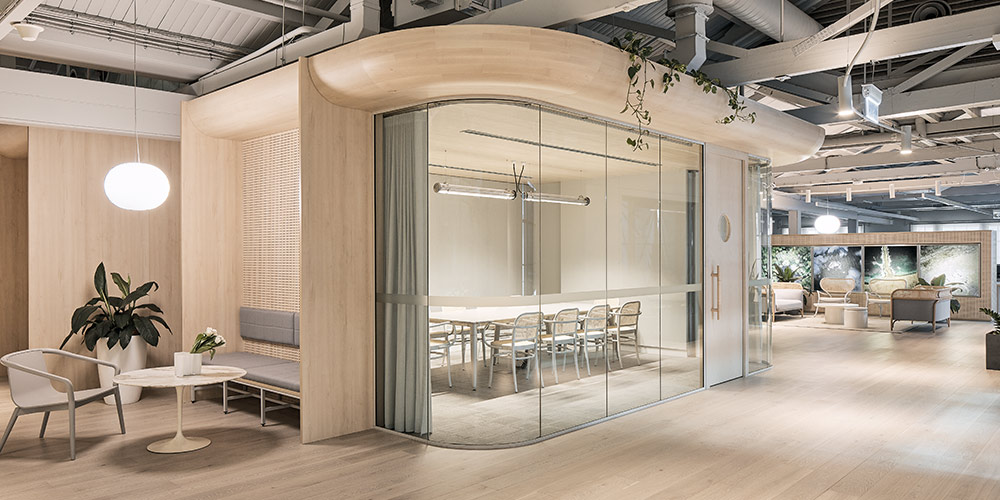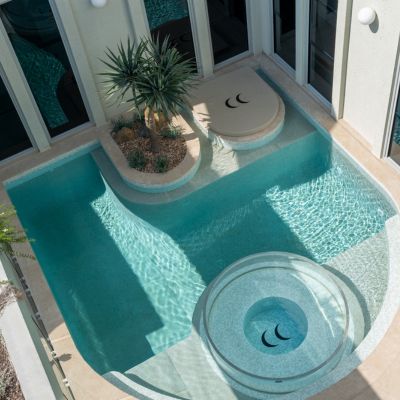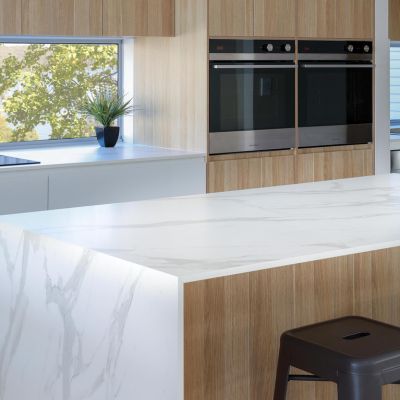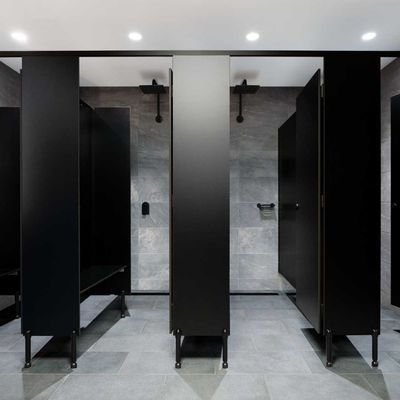Decorative surfaces have become a necessity in the design industry, adding value and durability to commercial and residential applications.
In order to select the correct laminate for projects, it is essential to understand the manufacturing process of these surfaces. The two main decorative laminate types, High-Pressure Laminate (HPL) and Low-Pressure Melamine (LPM) share many similarities, but there are also significant differences. Understanding the structure and manufacturing process of HPL and LPM are key when selecting the right product for your application.
When deciding on a particular decorative surface, it is important to consider the key factors that may affect the overall result. Knowing the specific application, performance requirement, design objective, and cost are imperative to selecting the right decorative surface. This guide aims to inform and provide insight into the capabilities of both HPL and LPM in order to make an informed choice on decorative surfaces.
Laminate - HPL, High-Pressure Laminate
Structure and Manufacturing Process
Laminate, or HPL, is comprised of phenolic resin-impregnated kraft paper, Melamine resin-impregnated decorative paper face material and a clear protective overlay which gives the product durability.
These sheets are bonded at pressures between 5-10MPa, with temperatures between 120-150°C. The curing process transforms the resin by a cross-linking of the chemical bonds that convert the paper sheets into a non-reactive, single, rigid laminated sheet.
The pressed sheets are trimmed, and then sanded on the back to facilitate bonding to suitable substrates such as Particleboard or MDF (Medium Density Fibreboard).
Applications
Laminate is suitable for both horizontal and vertical applications in residential and commercial environments. High-Pressure Laminate (HPL) is used commonly for benchtops, vanity tops, tables, counters, wall panels and cabinet doors, mainly due to its structural integrity. HPL contains a paper core, which provides a high level of impact resistance and thus can be used in high traffic areas.
Compact Laminates
Structure and Manufacturing Process
Compact laminates are a class of HPL, and as such are made in the same way. The key difference being that Compact laminates have a thickness greater than 2mm, compared with 0.7mm for HPL. This added thickness being comprised of further layers of phenolic resin-impregnated kraft paper, giving Compact laminate its superior impact resistance.
Whereas HPL is designed to be bonded to supporting substrates, Compact laminate is a solid grade and self-supporting.
Applications
Compact laminates are distinguished by a black core, as well as their durable and structurally sound material. Compact Laminate is water-resistant, making them ideal for commercial and public areas such as toilet and bathroom partitions, and requires little maintenance. Compact laminates can also be used for high traffic areas such as office desks, partitions and hospitality spaces.
Melamine - LPM, Low-Pressure Melamine
Structure and Manufacturing Process
Melamine, otherwise known as LPM (Low-Pressure Melamine) is generally offered in panel form.
It consists of decorative paper impregnated with melamine resin which is bonded directly to particleboard or MDF (Medium Density Fibreboard) substrate. No adhesives are used in making melamine panels as the resins in the paper "fuse" the paper onto the board.
Unlike laminate, the melamine manufacturing process works with low press pressures between 2-3MPa, and high temperatures between 170-190°C. As melamine paper is specifically engineered to be thermally fused to a substrate, it does not have the kraft paper core found in laminate, thus impact resistance of melamine is lower.
Applications
Melamine panels can be used in vertical, low impact, or low wear applications - but not typically in horizontal applications. Melamine panels are commonly used for store fixtures and office furniture in commercial applications, as well as residential utilisation through bathroom vanities, entertainment centres and closet shelving systems.
Substrates
MDF, Medium Density Fibreboard (incl. Low-Density MDF, LDF)
An engineered wood composite, with a uniform density across the panel and smooth surface free of knots and grains.
Manufactured from pine fibre and a bonding resin, compressed under high pressures up to 350MPa, and temperatures over 200°C to the desired thickness and density.
Particleboard
A more economical alternative to MDF, Particleboard is a wood composite with a uniform density across the panel, without the weight, and subsequently strength of MDF.
Particleboard is comprised of wood chips and particles mixed with a bonding resin in a three-layer arrangement. Larger flakes and chips in the core, and smaller particles forming the surface, compressed under pressures up to 3.5MPa and temperatures of 170°C.
Choice of application determines final product and substrate - consider factors such as moisture levels, traffic exposure and vertical or horizontal installation to correctly specify HPL, LPM or Compact laminate.






